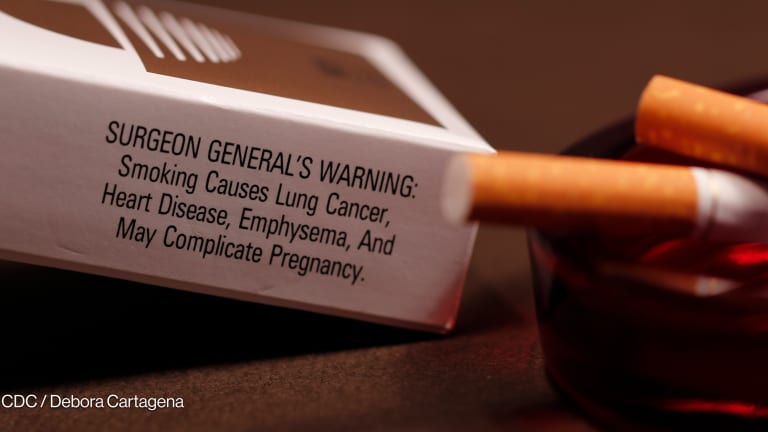
The 17 sustainable development goals currently being negotiated by U.N. member states represent a global commitment to ending extreme poverty and increasing equity. These goals expand and continue the work of the Millennium Development Goals, which will be expiring at the end of 2015.
The expanded goals should be actionable, universal and adaptable, and clear and straightforward. Unfortunately, children are in danger of being left out. It is critical that children be included in the health targets.
In the proposed list of goals, a number of health targets are combined into a single goal — goal 3. MDG 4, “Reduce Child Mortality,” has become SDG target 3.2: “By 2030, end preventable deaths of newborns and children under 5 years of age.” But there is no target to specify what this means or what countries should strive for. A proposed indicator, if it were included, would align this target with existing global strategies, with the World Health Organization’s “A Promise Renewed” initiative” and with UNICEF's Every Newborn Action Plan, which specifies “all countries aiming to reduce neonatal mortality to at least as low as 12 per 1,000 live births and under-5 mortality to at least as low as 25 per 1,000 live births.”
But even more concerning is the complete lack of children and adolescents in target 3.4. This target would elevate noncommunicable diseases alongside infectious diseases in the list of global goals for the first time, reflecting the growing consensus that NCDs are a global priority. Unfortunately, the targets not only fail to address children and young people, they specifically exclude them — despite the fact that childhood and adolescence provide a particularly cost-effective window for preventing noncommunicable diseases.
More than 1.2 million children and adolescents under the age of 20 died in 2002. It is imperative that this omission be fixed.
For example, the indicators proposed for target 3.4 — “Reduce premature mortality from noncommunicable diseases through prevention and treatment and promote mental health and well-being” — include reducing the probability of dying of cardiovascular disease, cancer, diabetes or chronic respiratory disease between ages 30 and 70, and reducing tobacco use among persons ages 15 and older. Specific targets for children and adolescents should be added, particularly for tobacco and secondhand smoke, which impact low birth-weight, respiratory infections, asthma and sudden infant death syndrome. In this area — as in so many others — the maternal and child survival and NCD agendas are linked.
Roughly 168,000 children died from secondhand smoke in 2004. Children bear the greatest burden of years of life lost from secondhand smoke. Pregnant women who are exposed to secondhand smoke are estimated to be 23 percent more likely to experience stillbirth.
Children and adolescents are also missing from the indicator on suicide deaths and mental health treatment access under target 3.4, despite the fact that suicide is the leading cause of death for adolescent girls aged 15 to 19. Children and young people are also missing from indicators for deaths and injuries from road traffic accidents in target 3.6, even though road traffic injuries are the leading cause of death for adolescents (girls and boys combined) aged 15 to 29.
We need to make sure these important health indicators include children and young people. Ideally they would be mentioned in specific, actionable indicators. To promote sustainable development, we believe they should be captured in morbidity and mortality data disaggregated by age and sex from birth to 24 years. At a bare minimum, children shouldn’t be explicitly excluded.
Because there are so many indicators for so many goals, some countries are now reluctant to make any changes whatsoever, regardless of how good the argument is. But it’s because there are so many indicators that achieving gains and equity in child health and survival will be so much harder if children aren’t included in the multiplying priorities and the linked indicators that countries will soon be tracking their progress against and supporting with finite resources and attention.
The list of indicators was compiled by the U.N. Statistical Commission. The process for creating the short list of global indicators now lies with a group of 28 countries, a subset of the Statistical Commission made up of the heads of National Statistical offices, called the Inter-Agency Expert Group, which met for the first time in June. Organizations hoping to make changes should advocate with their governments if they are IAEG members.
The world has agreed that child survival is a priority, and the indicators should reflect that. Children and young people living with and at risk for NCDs require services, including health care, schools, and social and community services, that are specific to the needs of children and their families. Prevention and affordable diagnosis and treatment must be provided as a matter of human rights, as well as a priority for health and sustainable human development. Addressing NCDs throughout the life course can reduce rates of these illnesses and greatly improves the lives of those living with illness. The targets and indicators of the health SDG must be inclusive of the child and adolescent populations and allow for country-level policy, planning and accountability.
Sustaining Development is a three-month online series exploring the post-2015 development agenda hosted by Devex in partnership with Chevron, FXB, Global Health Fellows Program II, Philips, UNIDO, U.N. Volunteers and the U.S. Council for International Business. We will look at the practical steps needed to move the sustainable development goals from concept to reality. Visit the campaign site and join the conversation using #SustainDev.
Read more stories on reducing child mortality:
► Panel pushes for WHO center for health emergencies
► UNFPA support: Where is the money going and coming from?
► Fresh perspectives on maternal, child and adolescent health
► The 'lottery of birth': How to give every child an equal chance for a better life
► Building on the microcredit platform for better child health








